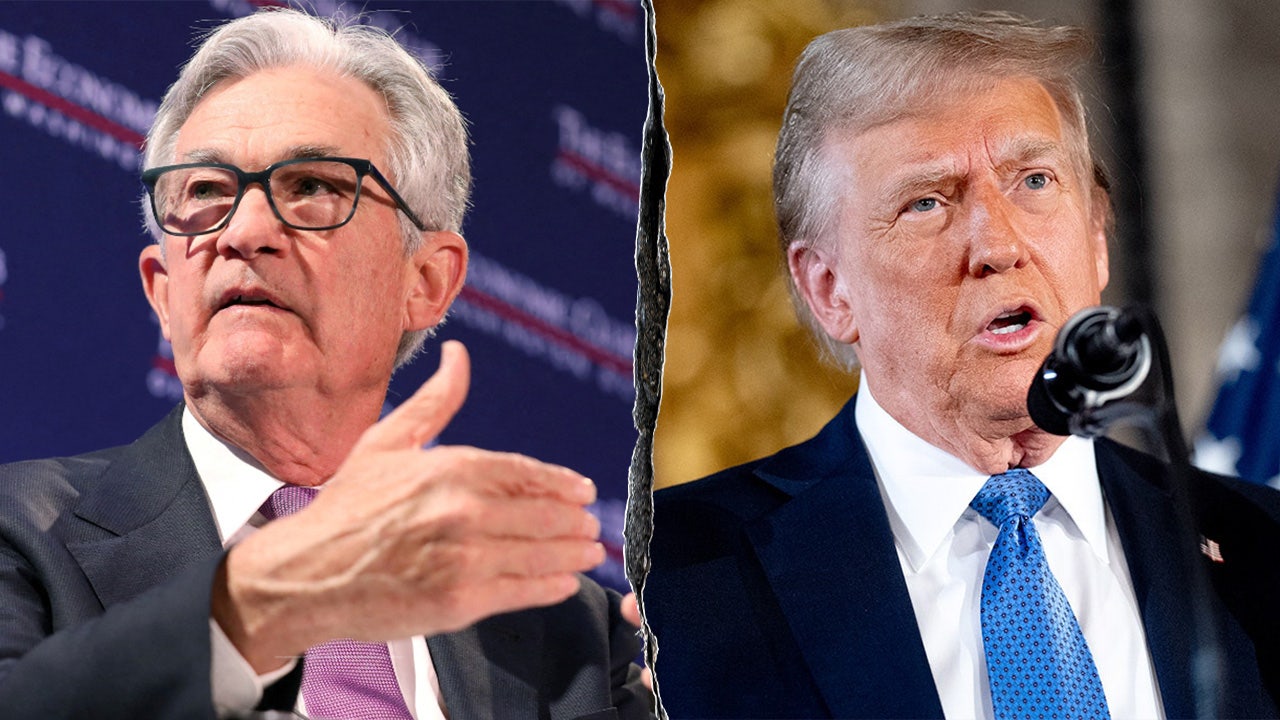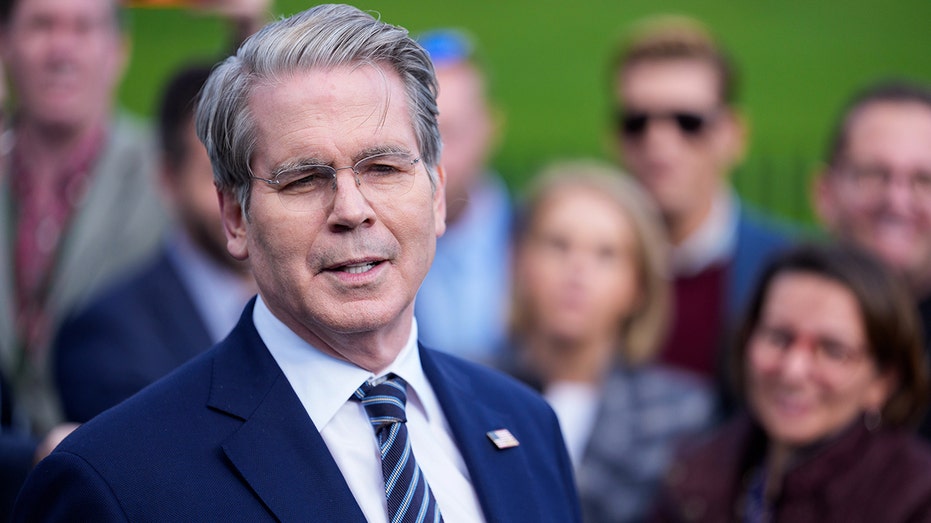Business
Trump Calls Fed Chair Powell ‘Mentally Problematic,’ ‘Incompetent’

‘Barron’s Roundtable’ panelists weigh in on Federal Reserve chair Jerome Powell’s critics and discuss possible replacements for the official.
President Donald Trump on Wednesday heavily criticized Jerome Powell, the chairman of the Federal Reserve, saying he has “mental problems” and that he would love to “fire his ass.”
Trump’s remarks elicited laughter while he spoke at the U.S.-Saudi Investment Forum at the Kennedy Center in Washington, D.C. Trump noted that Treasury Secretary Scott Bessent was the one holding him back.
“[Powell’s] got some real mental problems. There’s something wrong with him,” Trump said. “I’ll be honest, I’d love to fire his ass. He should be fired. The guy is grossly incompetent.”
POWELL SHARES WHAT IT WOULD TAKE FOR HIM TO LEAVE THE FED, BOOK REVEALS

President Donald Trump delivers remarks at the U.S.-Saudi Investment Forum at the Kennedy Center on Wednesday in Washington, D.C. (Win McNamee/Getty Images / Getty Images)
Trump, who appointed Powell in 2017, then turned to Bessent, who said he has lobbied for Powell not to be fired. Powell’s term expires in May 2026.
“The only thing Scott is blowing it on is the Fed, because the Fed — the rates are too high, Scott,” he said. “And if you don’t get it fixed fast, I’m going to fire your ass, okay?”
“‘Sir, don’t fire him. Sir, please don’t fire him. He’s got three months to go’,” Trump said, imitating Bessent. “‘Please, he’s a voice of reason’.”
Trump has clashed with Powell in recent months over the Fed’s refusal to lower interest rates more aggressively. Trump has lobbied for cuts in an effort to stimulate the economy.
TRUMP URGES RATE CUTS TO BOOST SAVINGS, BUT FED SAYS ECONOMY IS STRONG

A photo of Federal Reserve Chairman Jerome Powell and President Donald Trump. On Wednesday, Trump criticized Powell while speaking at the U.S.-Saudi Investment Forum at the Kennedy Center in Washington, D.C. (Reuters/Getty / Getty Images)
Powell has moved slowly, urging caution and a data-driven approach to managing inflation.
The Fed cut rates in September by a quarter-point — its first cut since December. Rates were lowered again in October by another quarter-point, which left the benchmark federal funds rate at a range of 3.75% to 4%.
Another interest rate cut in December is far from certain. Policymakers on the Federal Open Market Committee (FOMC) were divided at their late October meeting over an additional rate cut at their next meeting in mid-December amid concerns about a softening labor market and rising inflation, FOX Business previously reported.
In addition to interest rates, Trump also took aim at the Fed’s $2.5 billion headquarters renovation project.

U.S. Treasury Secretary Scott Bessent. (Aaron Schwartz/CNP/Bloomberg via Getty Images / Getty Images)
GET FOX BUSINESS ON THE GO BY CLICKING HERE
“I’m building a ballroom that’s going to cost a tiny fraction of that, and it’s bigger than the whole thing put together,” Trump said.
FOX Business’ Eric Revell contributed to this report.










